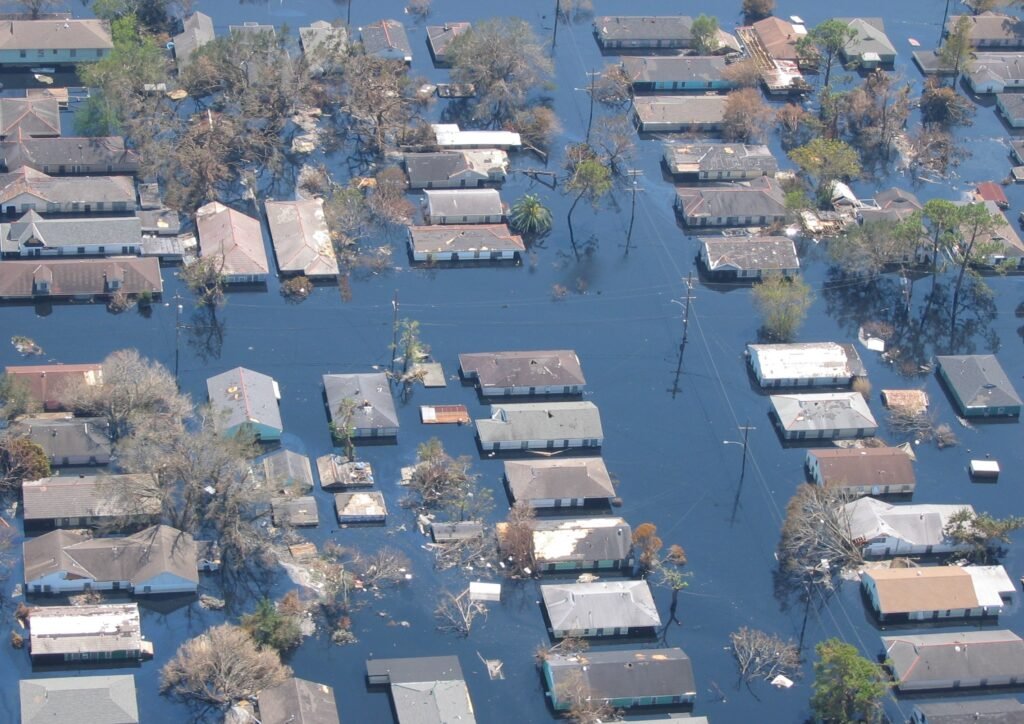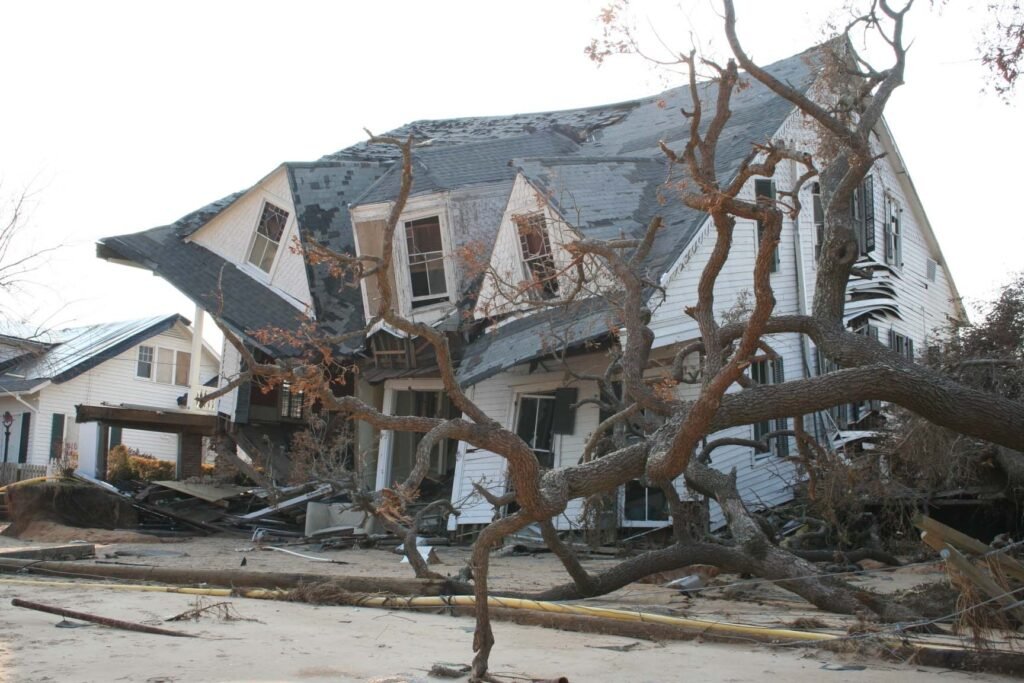Physical Address
304 North Cardinal St.
Dorchester Center, MA 02124
Physical Address
304 North Cardinal St.
Dorchester Center, MA 02124

For the past week, many have reflected on the twenty years since Hurricane Katrina reshaped the Gulf Coast and changed how we think about storms.
No nonsense, but compassionate Gen. Russel Honoré, who commanded Joint Task Force Katrina, put it simply, that
“Eighty percent evacuated. The devastation was in the 20 percent left behind.”
That number still matters. Preparedness isn’t optional—and evacuation readiness is part of the equation.
👉 Katrina was a defining storm of the early 2000s — and a national wake-up call.
The National Hurricane Center issued forecasts about 56 hours before landfall.
For many—especially the poor, disabled, or those without transportation—that wasn’t enough time.
👉 Lesson: storms don’t always give us long runways. Sometimes you’ll have only a day—or less—to decide.

Most people imagine hurricane prep as stocking water, food, flashlights, and batteries. That’s true—but it’s only half the picture.
The reality is this: evacuation is twice the work.
If you’ve only ever stayed through storms, you may not realize how much more detailed it gets when you have to leave. It’s hard to invent an evacuation plan in the final few hours.
These are just a few examples. FEMA and Red Cross evacuation checklists run pages long. Don’t mistake this for the full list:
👉 Reality check: Evacuating is logistics-heavy. If you’ve only ever stayed, you’ll be surprised how much more there is to do under stress.
Hunkering down means actively preparing to endure. Again, this is only a starter list:
👉 Reminder: Sheltering is about endurance. Evacuation is about logistics. Both require planning beyond this list.
Examples of Hurricanes That Intensified Rapidly (Katrina to Otis to Milton)
Katrina wasn’t the last wake-up call. Each major storm since has repeated the same lesson. These storms didn’t just strengthen; they exploded. Katrina was the wake-up call, and since then, storms have only intensified faster.
| Katrina (2005) | Peaked as Cat 5 in Gulf before weakening slightly; devastated New Orleans after landfall. |
| Patricia (2015, Pacific) | ~120 mph gain in 24 hrs (85 → 205 mph). Fastest ever recorded. |
| Harvey (2017) | ~46 mph gain in <24 hrs (Cat 1 → Cat 4). |
| Michael (2018) | ~60 mph gain in ~24 hrs (Cat 2 → Cat 5 before landfall). |
| Dorian (2019) | ~35+ mph jump in 9 hrs (150 → 185 mph, Cat 5). |
| Ida (2021) | ~65 mph gain in 24 hrs (tropical storm → Cat 4). |
| Otis (2023, Pacific) | ~110 mph gain in 24 hrs — Cat 5 in just 12 hrs. |
| Milton (2024, Atlantic) | ~95 mph gain in 24 hrs (Cat 1 → Cat 5). |
| Helene (2024, Atlantic) | ~35 mph gain in 24 hrs (to Cat 4). |
Why this matters:
The lesson is timeless: preparedness saves lives.
Yes — but the better question is how prepared we are today. Storms like Harvey, Ida, and Helene already show Katrina-level flooding, rapid strengthening, and inland impacts. The difference now is whether we act on the lessons we already have.
Q1. How much notice will I get before I need to evacuate?
It depends. Some storms give 2–3 days’ warning, but rapid intensification can cut that to less than 24 hours. Having a plan now means you can act quickly when time is short.
Q2. Do inland areas really need hurricane prep?
Yes. Helene in 2024 proved inland towns can face hurricane-strength winds and major flooding. Preparedness is not just for coastal communities anymore.
Q3. What lessons did Hurricane Katrina teach about preparedness?
That evacuation timing, attention to vulnerable populations, and planning beyond supplies are the difference between safety and tragedy.
Q4. Why was Hurricane Katrina so deadly compared to other storms?
The levee failures, delayed evacuation, and breakdowns in emergency response made Katrina uniquely devastating.
Katrina showed how fast a modern U.S. city can collapse. Twenty years later, storms are stronger, faster, and reaching farther inland.
If you want to hear more of the human side — survivors, rescues, and recovery stories — gathered are some of the most powerful survivor accounts and news retrospectives into one playlist
⚡ Bottom line: Katrina was a warning. Harvey, Ida, and Helene proved the risks remain. The storms keep coming—the only question is, are we ready?
If you want to understand the impact and hear more of the human side — survivors, rescues, and recovery stories — gathered are some of the most powerful survivor accounts and news retrospectives into one playlist.
